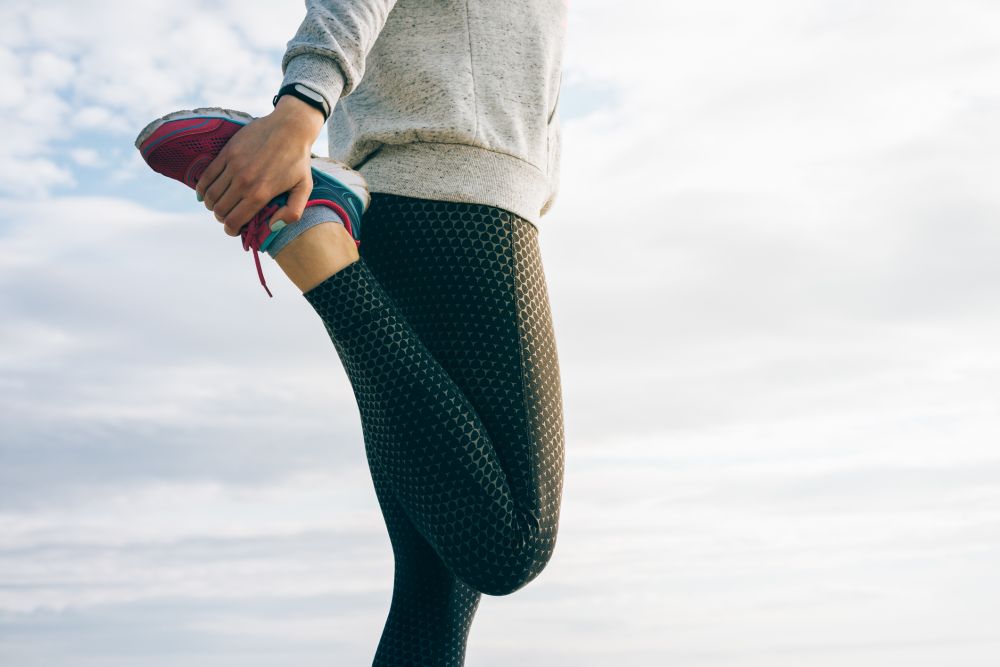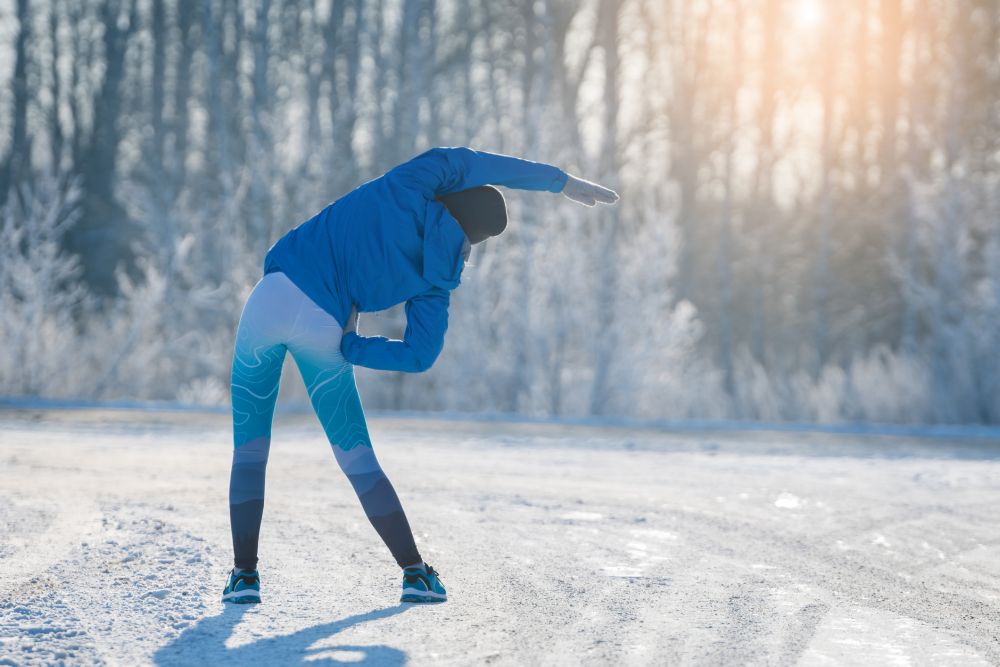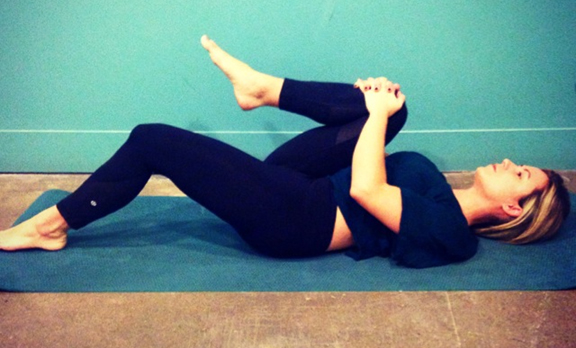What runners need to know about hip injuries
We spoke with runner and physiotherapist Emma Plater about which hip injuries runners should watch out for, why women are more prone to them and what you should do about them

While perhaps not quite as prevalent as knee injuries, hip pain is another problem that plagues many runners. Running puts a lot of stress on your hips, and so can easily cause injuries that can sideline your training plans if you’re not careful. We spoke with runner, physiotherapist and PhD candidate at the University of Guelph Emma Plater to learn what types of hip injuries runners need to watch out for, why they happen and what to do if you have one.
RELATED: 4 lesser known but extremely common running injuries

There are a number of hip injuries that runners may be at risk for, including hamstring tendinopathy (tendinopathy is the breakdown of collagen in a tendon), greater trochanteric pain syndrome (lateral hip pain), chronic groin pain, piriformis syndrome (when the piriformis muscle compresses the sciatic nerve at the top of your hip joint), hip flexor tendinopathy, labral tears and stress injuries in your femur.
Plater explains that most of these injuries are the result of overuse when too much stress is put on your body’s structures, or when you try to do too much too soon. Your body is very adaptable and you can train it to handle greater levels of stress, but this process takes time and planning. If you increase your mileage too quickly or try to come back too aggressively after an injury, you are putting yourself at risk for yet another injury.
RELATED: Beginner runners: how much should you run?
But what specifically causes hip injuries? Like other areas in the body, too much stress on your hip can cause muscle tightness, which in turn can injure the tendons that attach your muscles to your bone, or that attach to the muscles and bones themselves. Additionally, tightness through your hips can affect their mobility. If your hip joint is unable to go through its entire range of motion, you’re at a greater risk for injuries not just in your hips, but other areas in your body as well.
Plater added that muscles in the side and the back of your hips, like your gluteals and piriformis, can often become weak while muscles in your front, like your hip flexors, can get very tight. This can cause imbalances in the forces that go through your hip when your foot strikes the ground and when you swing your leg. People who sit a lot at work are particularly prone to this. She explained that the gluteals and piriformis also play a large role in stabilizing your hips when you’re standing on one leg. This is very important for runners since when you’re running you spend most of your time on one leg or the other. Weakness in this area can cause too much movement through your hips which leads to a lot of strain.

RELATED: 6 strengthening exercises for glutes and hamstrings
Hip injuries: women vs. men
While men are not immune to hip problems by any means, female runners do tend to be more prone to hip injuries than their male training partners. According to Plater, this is primarily due to structural differences between the typical male and typical female body. She explained that women have a larger angle between their pelvis and their femur (aka their thigh bone), which alters their leg alignment toward having “knock knees.” This puts more stress on their hip joint when landing on one leg.
Additionally, during and just after pregnancy, women’s joints tend to be more lax. This forces their muscles to work harder to make up for the lack of stability, which could put them at higher risk for injury. For this reason, pregnant women should practice extra caution when they’re out running, and monitor their training volume carefully.

Taking care of your hips to avoid injury
Plater says that if you’re noticing any kind of hip pain with running, you should see a health care provider — particularly if it doesn’t go away after you stop running. Since there are so many potential causes of your hip pain the treatment for it could differ significantly so it’s best to get a professional opinion. She adds that many clinicians are offering virtual care right now, and there are many ways they can get to the bottom of your hip issues without seeing you in person.
Whether you’re new to running or you’ve been putting in the miles for years, maintaining the health of your hips (and the other joints in your body, for that matter) is crucial to prevent them from becoming injured in the first place. This means including regular stretching, mobility work and strength training as a part of your training plan.
If you do experience hip pain, Plater acknowledges that you may have to temporarily decrease your running volume, or stop altogether, but as long as you use that time to improve your areas of weakness to address the problem you will return to running stronger and more injury resilient.
RELATED: Hip mobility exercises for runners

